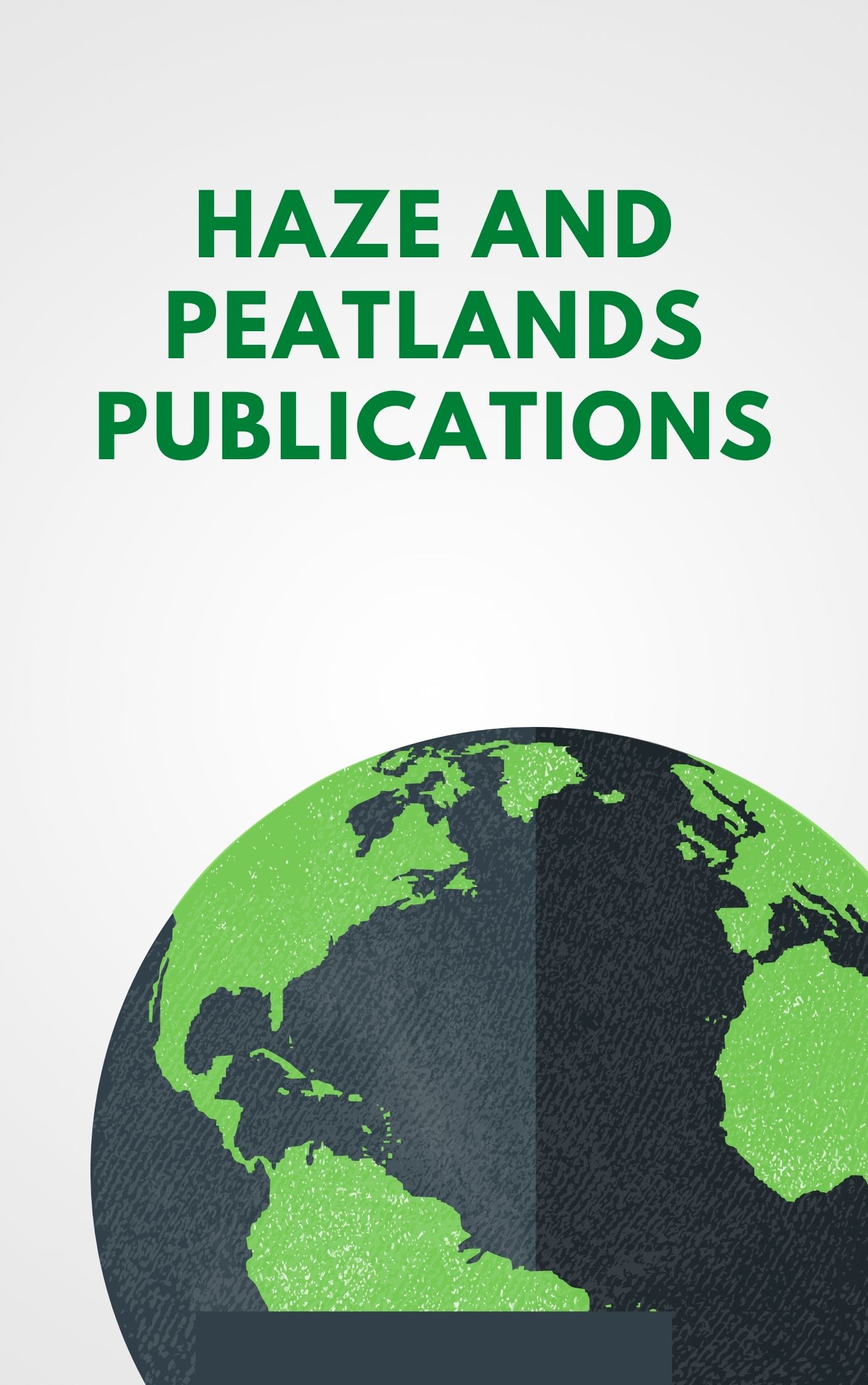Remote sensing plays an important role in providing an estimate of burned areas for fire management. However, detecting burned areas in the tropics is a difficult task due to the heterogeneous landscape and rapidly changing land cover. The Klias Peninsula contains the largest peat swamp forest in the northern end of Borneo, but was severely damaged by the 1998 El-Niño fires. We examined the use of three vegetation indices (Normalized Burn Ratio (NBR), Normalized Difference Water Index (NDWI), and Normalized Difference Vegetation Index (NDVI)) using an image differencing technique to detect burned area. The best threshold was detemined with a simple partitioning technique based on statiscal measures. Additional noise removal operations were necessary to improve the detection results. The NBR differencing is the superior method, but the burned area detected by the NDWI differencing is comparable to that of the NBR differencing. A prefire land cover map was generated using the object oriented classification approach to analyze the burned forest types. The analysis indicates that half and one-tenth of the good and degraded peat swamp forests in the peninsula were burned, respectively. The role of the Binsuluk Forest Reserve as a protection forest reserve was severely impaired, whereas only a small portion of the Klias Forest Reserve was affected by the fires. © 2007 Elsevier B.V. All rights reserved.
View source

